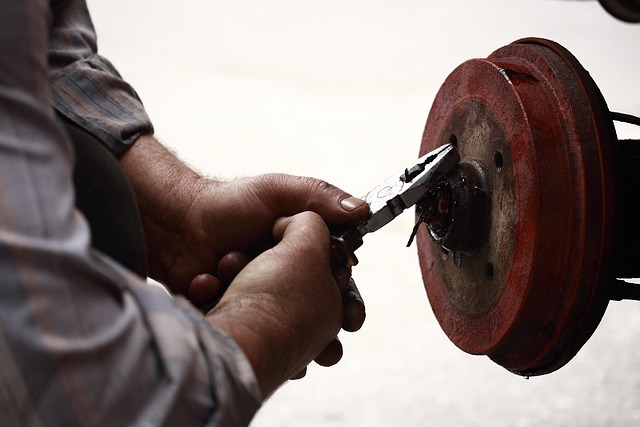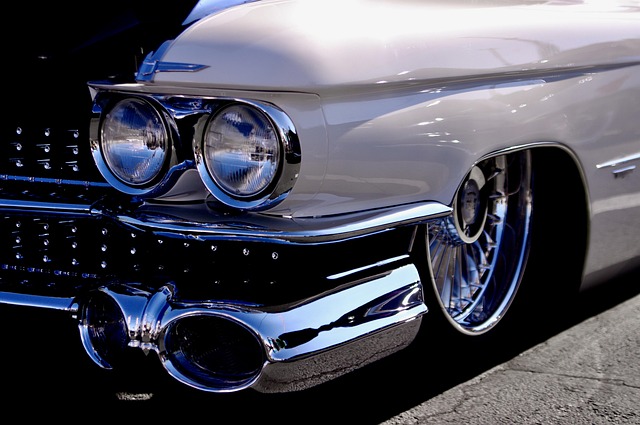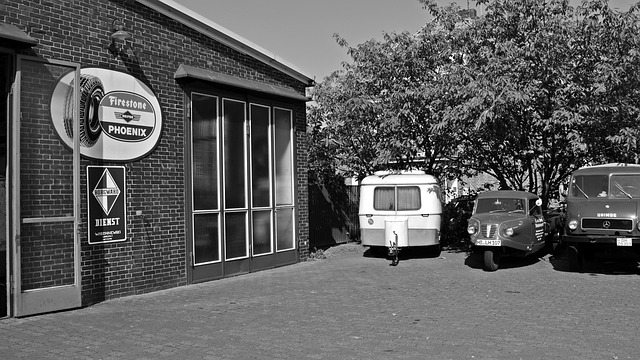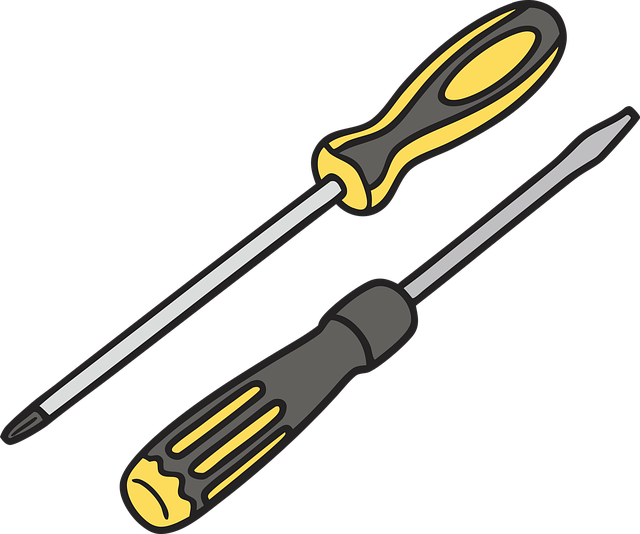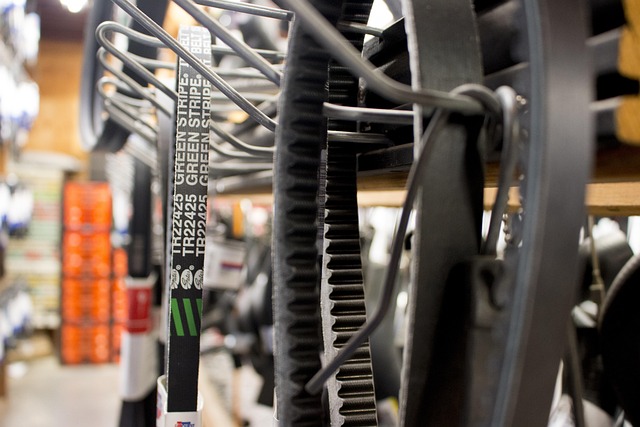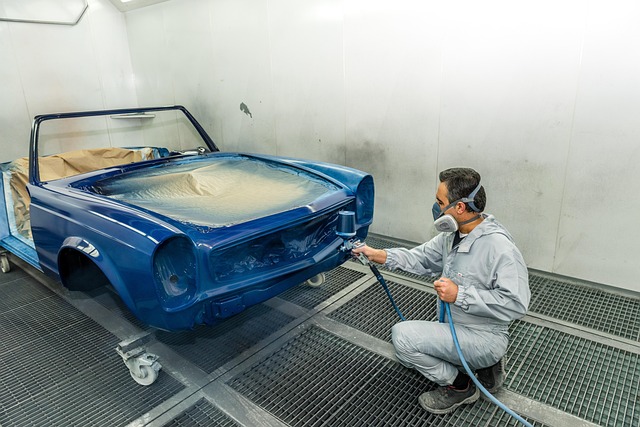Before attempting any windshield chip repair, assess damage size and shape (in millimeters), clean the area with mild detergent and warm water, and gently remove embedded debris for a seamless, durable fix. For minor cracks or surface imperfections, DIY resin kits may be suitable; otherwise, professional auto body restoration is recommended to restore glass to its original condition.
“Uncover the secrets to mastering windshield chip repairs with our comprehensive guide. Learn the essential steps, from initial assessment to final polishing, ensuring a seamless fix every time. We demystify the process by breaking it down into simple sections: assessing damage, preparing surfaces, and following a step-by-step repair guide. Discover the best practices, including choosing the right repair kit for your windshield type, avoiding common mistakes, and maintaining long-lasting results. Embrace windshield chip repair like a pro.”
- Assessing the Damage and Preparing the Surface
- – Inspecting the chip and its size/shape
- – Cleaning and preparing the windshield for repair
Assessing the Damage and Preparing the Surface

Before attempting any windshield chip repair, it’s crucial to assess the damage thoroughly. Start by inspecting the size and depth of the chip; minor cracks or surface imperfections can often be fixed with DIY kits, but larger, deeper chips might require professional auto body restoration. Consider the location as well; chips near the edge of the windshield may pose more challenges due to their vulnerability during the repair process. Once you’ve determined the extent of the damage, prepare the vehicle’s surface for repairs. Wash and dry the area around the chip, ensuring no debris or contaminants remain. This step is essential for achieving a seamless auto body repair and ensuring the adhesive bonds properly.
Next, gently sand the surface to create a smooth base for application. Use a fine-grit sandpaper to avoid damaging the surrounding windshield or vehicle body repair areas. Remove any remaining dust using a clean cloth or brush, and ensure the surface is free from any residue. This meticulous preparation is vital for successful windshield chip repair, leading to a durable fix that blends seamlessly with your vehicle’s original finish.
– Inspecting the chip and its size/shape

Before attempting any windshield chip repair, it’s crucial to thoroughly inspect the damage. Assess the size and shape of the chip as this will determine the scope of the repair needed. Smaller chips can often be repaired with a resin kit, while larger or more complex shapes may require professional auto body repair services. Measuring the chip’s diameter in millimeters can give you a good idea of its severity; larger diameters usually necessitate professional intervention.
The shape also plays a significant role. Chips that are round or oval tend to be easier to fix compared to irregular shapes that might have sharp edges or corners. Irregular chips often require more intricate auto repair techniques, such as those provided by experienced auto repair shops, to ensure the glass is restored to its original condition without compromising safety.
– Cleaning and preparing the windshield for repair

Before starting any windshield chip repair, it’s crucial to begin with a clean and prepared surface. Start by washing your windshield thoroughly using a mild detergent and warm water. This removes any dirt or grime that could hinder the bonding process. Once clean, dry the glass completely using a soft cloth to prevent water spots from interfering with the repair.
Next, inspect the damaged area for any debris or particles embedded in the chip. Use a fine-tooth comb or a specialized tool to gently remove any visible debris. This step ensures that the repair adhesive will bond properly and create a strong, long-lasting fix, similar to how auto body repair technicians prepare car bodies for painting or auto dent repair processes.
Understanding the basics of windshield chip repair can help you address minor damage promptly, preventing further issues. By carefully assessing the chip’s size and shape, and preparing the surface properly, you can effectively fill and smoothen out the crack, restoring your windshield to its clear, pristine state. Remember, a well-prepared surface is key to achieving a successful repair, ensuring your car’s safety and visibility on the road.

